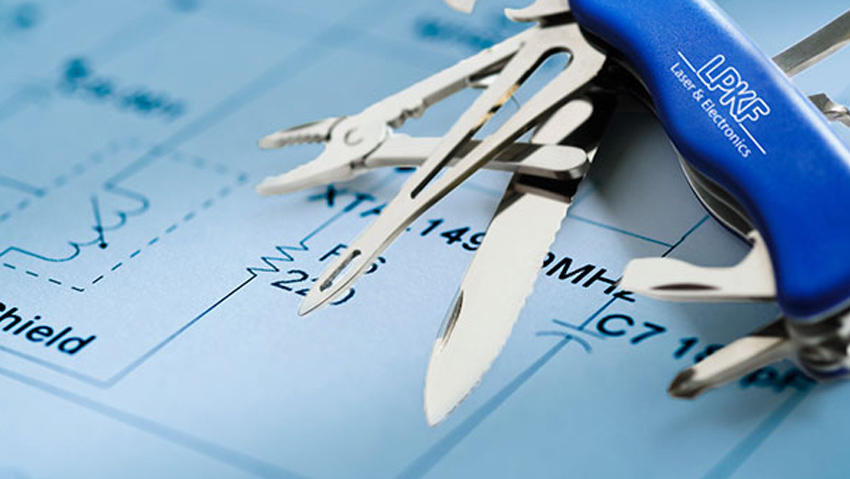
The Best PCB Prototyping Machines Become Multi-functional Engineering Tools
The ROI of an in-house PCB prototyping machine is easy to compute based on cutting out outstanding costs alone. But what's exciting to a manager who's glad they approved the capital equipment expenditure (CapEx) of a laser or mechanical milling machine is seeing the machines at work in the hands of engineers solving other problems.
Rework, and save, high-value boards
Fiducial alignment cameras are included on several LPKF machines allowing existing boards to be reloaded, which may be necessary to trim design features, drill additional through-holes, eliminate a short or even depanel devices. With as much as 1.4" of z-axis clearance this ability can save high-value production boards-even after population, if an etching issue occurred or a slight modification is needed.
Software-controlled depth engraving
Several LPKF machines provide controlled depth pocket milling and peck drilling through aluminum, brass, copper and even plastics up to a depth of ~8mm. This capability supports the creation of high-precision EMI/RFI shields, the milling of test or isolation housings, and front panel displays. Metal core PCB development can also be completed with one machine to rapidly bring new products to market to meet the increasing demand for LED lighting solutions.
More precise micro-engraving
Using a stepper motor controlled z-drive, and high-speed spindle motors, precise channels can be milled with tooling as small as 0.25mm (10 mils) in diameter. The maximum cut depth is dependent on the tool flute ratio, but the software can lower the tool within the material to a set depth assigned by the operator or within the design data. LPKF CircuitPro software even supports the importing of 3D STEP (.stp) files.
Save costs with polyimide stencil cutting
Each LPKF machine is able to cut apertures in polyimide to match the SMD layout for one-off stencil development. A polyimide stencil costs less than ordering a stainless steel alternative, which is ideal for high-volume production printing, and can be completed in minutes to enable the operator to apply a solder paste on the milled board. These polyimide stencils can be stretched within a low-cost LPKF ProtoPrint stencil printer, which offers fine pitch adjustments before the solder paste is applied.
Solder paste dispensing in final development and testing
The ProtoMat S63 and S103 models include a solder paste dispensing attachment so solder paste can be applied without a stencil when the pad sizes are 0.4 mm and larger. A controlled release of compressed air (required for dispensing) determines the amount of paste to be applied to the pads. This is calculated and assigned within the software based on the pad size and is ideal for final development stages and testing of your prototype designs.


